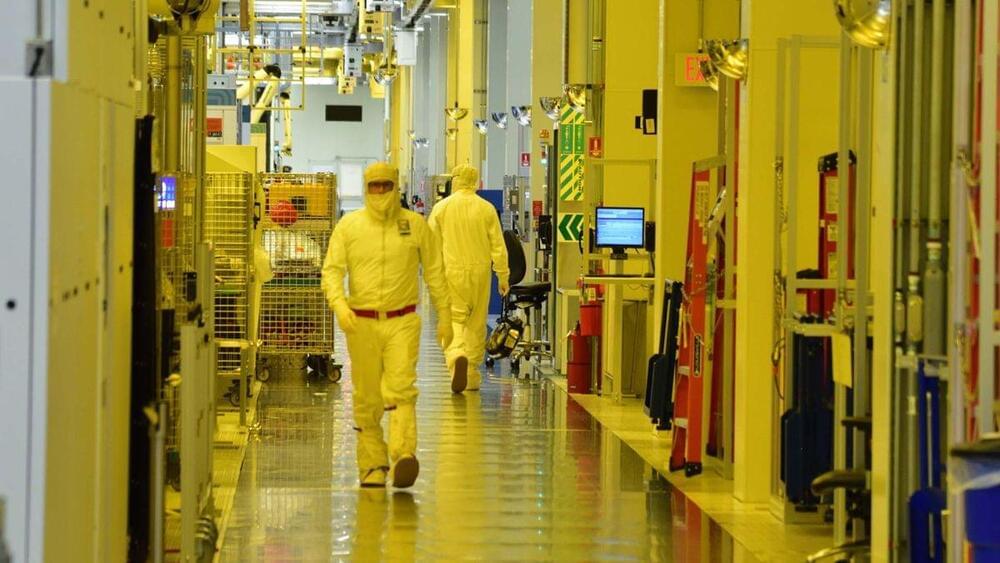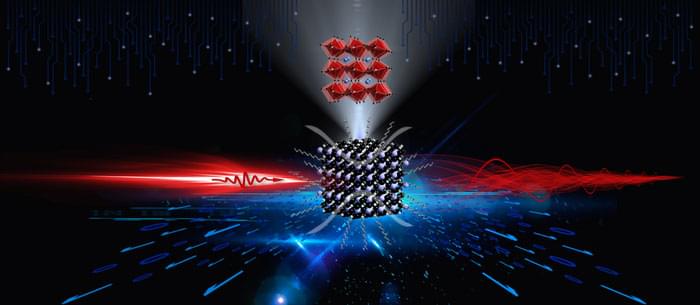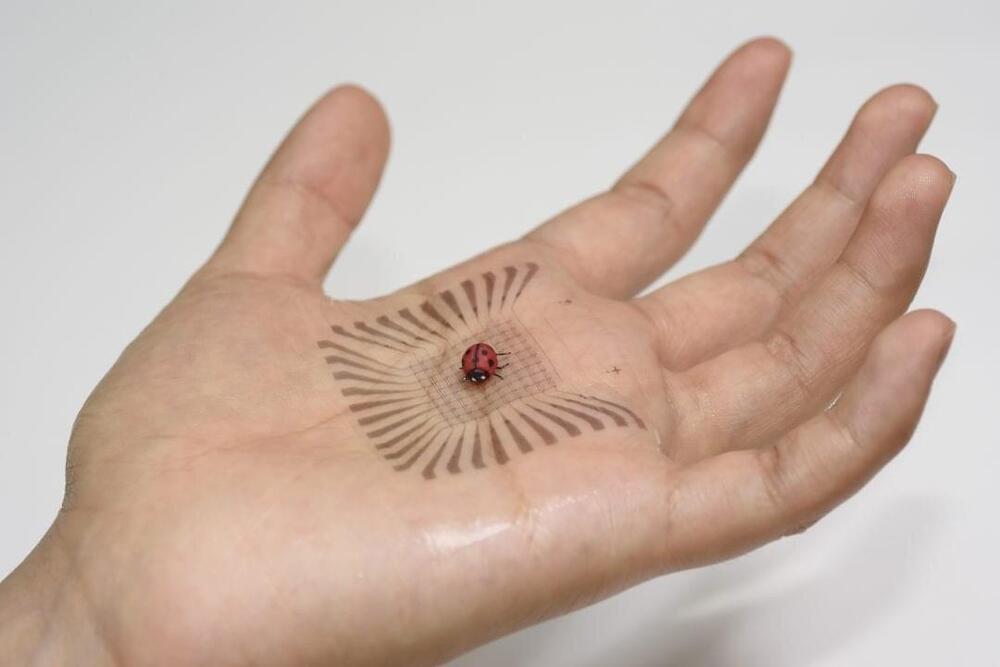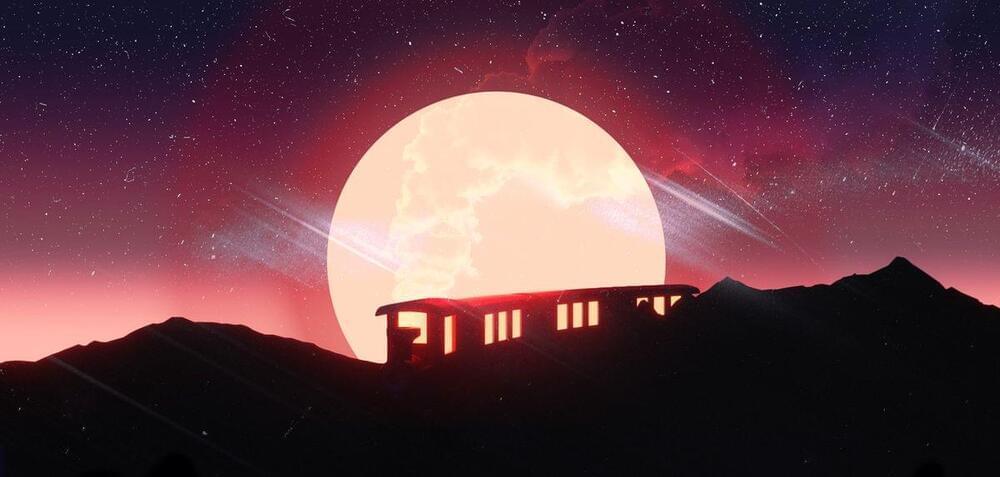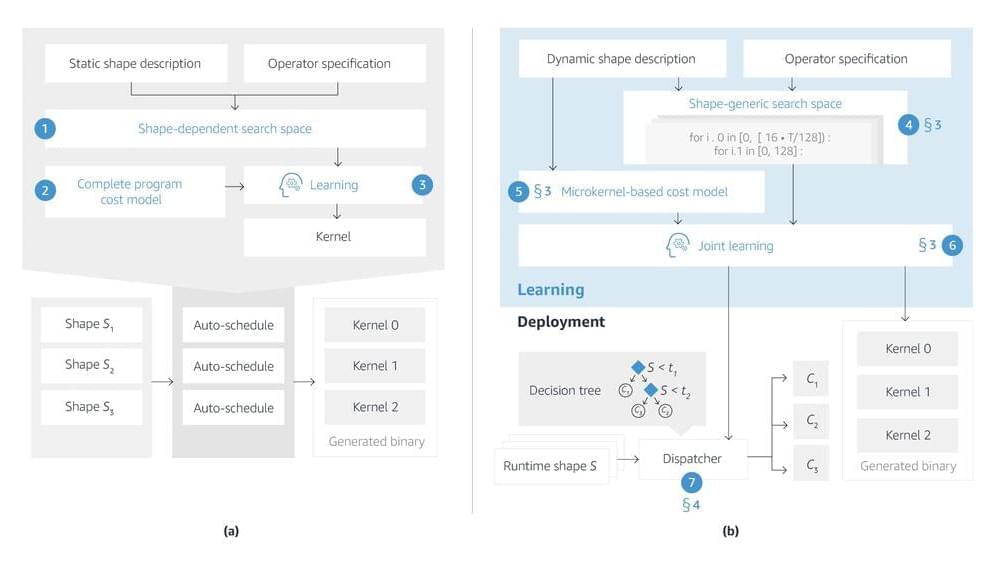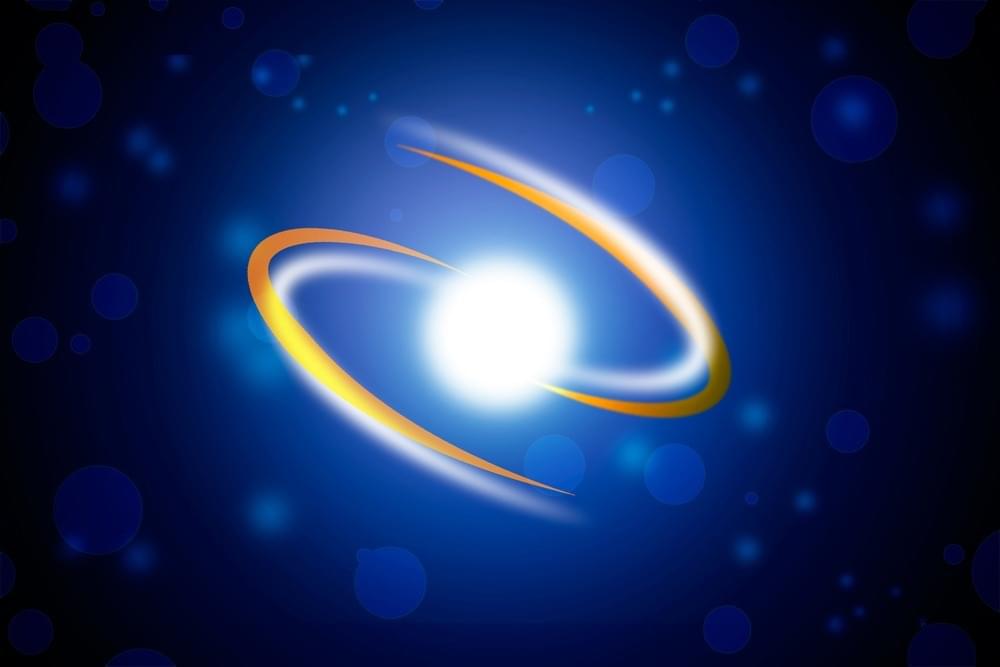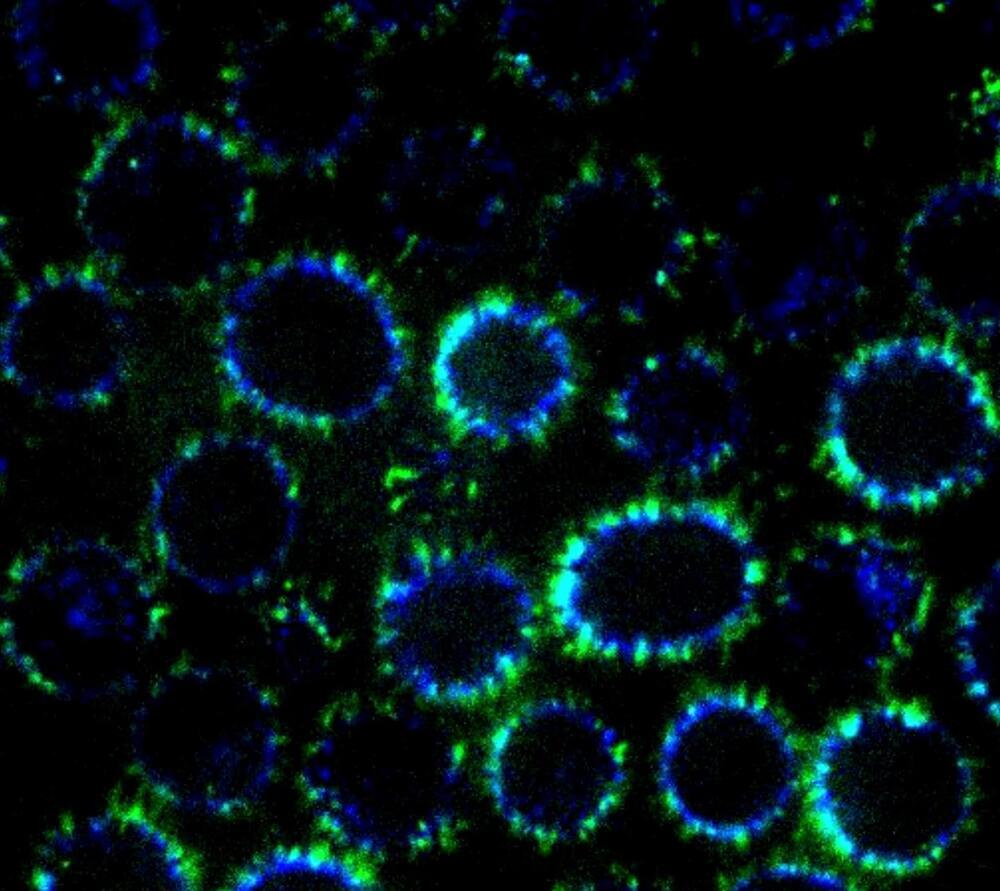Uber and Nuro signed a 10-year deal to use robot delivery pods to deliver food and other items in two cities: Mountain View and Houston.
Ageing, defined as the decline in survival probability and fecundity with advancing adult age, is often viewed as the evolutionary outcome of the declining force of natural selection at older age (17 ; 22). Ageing can be due to the accumulation of late acting deleterious mutations (17 ; 12 ; 4), and/or due to pleiotropy, as the result of constrained life-history optimization (36 ; 4 ; 22 ; 38). For instance, increased allocation of limited resources to reproduction can be an important cause of senescence and later mortality (17 ; 35 ; 14 ; 15 ; 31). Most of the evidence for this phenomenon comes from experiments showing the deleterious consequences of an increase in reproductive effort on life span (21 ; 32 ; 3 ; 10 ; 24 ; 28). Artificial selection on age at reproduction showed the reverse effect that selection regime favouring individuals that retained fecundity at a later age resulted in populations with increased life spans (7 ; 39 ; 22). Data for higher organisms, e.g. mammals, have until now been mostly lacking.
The hypothesis that investment in reproduction reduces the resources available for somatic maintenance has recently been tested in Homo sapiens by 33 ). Using 1,200 years of genealogical data on British aristocracy, they showed that the number of progeny was small for women who died at an early age, increased with the age of death, reached a plateau through the sixth, seventh and eighth decades of life, and was lower again for women who died at an age of 80 years or over. This relationship supported the expectation that heavy investments in reproduction diverts resources away from the maintenance and repair of cells, with ageing and earlier death as results (33). For unknown reasons, the authors found a virtually identical pattern among men.
As manipulative experiments on humans are unethical, the statistical search for congruent patterns offers an alternative to understand variation in life-history parameters among human populations. Fortunately, there are considerable statistics on humans and their activities, and other ways of detecting similar patterns and of testing relevant hypotheses are possible. The aim of the present paper is to assess the generality of this trade-off among humans. We test whether the variation of life-history parameters found in the study of British aristocrats is also present across different human populations worldwide. After controlling longevity and fecundity for possible effects exerted by historical, spatial, economical and population patterns, we determined the relationship between longevity and fecundity, using data from 153 countries located all over the world.
Vocal biomarkers have become a buzzword during the pandemic, but what does it mean and how could it contribute to diagnostics?
What if a disease could be identified over a phone call?
Vocal biomarkers have amazing potential in reforming diagnostics. As certain diseases, like those affecting the heart, lungs, vocal folds or the brain can alter a person’s voice, artificial intelligence (A.I.)-based voice analyses provide new horizons in medicine.
Using biomarkers for diagnosis and remote monitoring can also be used for COVID-screening. So is it possible to diagnose illnesses from the sound of your voice?
Vocal biomarkers give us new opportunities in prevention also.
Let’s have a look at where this technology stands today.
Update 8/9/22: This story previously referenced Intel’s fab in Dalian, China, which has since been sold to SK Hynix. Intel continues to operate assembly plants in Chengdu, China.
The US is banning some major US chipmaking companies from building advanced technology facilities’’ in China, the Biden administration has announced (opens in new tab).
A research group led by Prof. WU Kaifeng from the Dalian Institute of Chemical Physics (DICP) of the Chinese Academy of Sciences (CAS), in collaboration with Dr. Peter C. Sercel from the Center for Hybrid Organic Inorganic Semiconductors for Energy, recently reported the utilization of lattice distortion in lead halide perovskite quantum dots (QDs) to control their exciton fine structure.
The study was published in Nature Materials (“Lattice distortion inducing exciton splitting and coherent quantum beating in CsPbI 3 perovskite quantum dots”).
Lattice distortion of perovskite quantum dots induces coherent quantum beating. (Image: DICP)
Skin-like electronics could seamlessly integrate with the body for applications in health monitoring, medication therapy, implantable medical devices, and biological studies.
With the help of the Polsky Center for Entrepreneurship and Innovation, Sihong Wang, an assistant professor of molecular engineering at the University of Chicago’s Pritzker School of Molecular Engineering, has secured patents for the building blocks of these novel devices.
Drawing on innovation in the fields of semiconductor physics, solid mechanics, and energy sciences, this work includes the creation of stretchable polymer semiconductors and transistor arrays, which provide exceptional electrical performance, high semiconducting properties, and mechanical stretchability. Additionally, Wang has developed triboelectric nanogenerators as a new technology for harvesting energy from a user’s motion—and designed the associated energy storage process.
Longtermism is influencing billionaire philanthropy and shaping politics. Should it guide the future of humanity?
At this year’s Conference on Machine Learning and Systems (MLSys), we and our colleagues presented a new auto-scheduler called DietCode, which handles dynamic-shape workloads much more efficiently than its predecessors. Where existing auto-encoders have to optimize each possible shape individually, DietCode constructs a shape-generic search space that enables it to optimize all possible shapes simultaneously.
We tested our approach on a natural-language-processing (NLP) task that could take inputs ranging in size from 1 to 128 tokens. When we use a random sampling of input sizes that reflects a plausible real-world distribution, we speed up the optimization process almost sixfold relative to the best prior auto-scheduler. That speedup increases to more than 94-fold when we consider all possible shapes.
Despite being much faster, DietCode also improves the performance of the resulting code, by up to 70% relative to prior auto-schedulers and up to 19% relative to hand-optimized code in existing tensor operation libraries. It thus promises to speed up our customers’ dynamic-shaped machine learning workloads.
Due to their self-assembly function, DNA sensors have gained much attention as next-generation sensors that require an extremely low power supply.
Study: Spin transport properties in DNA & electrically doped iron QD organo-metallic junction. Image Credit: marie_mi/Shutterstock.com.
Scientists have recently used iron (Fe) quantum dots (QD) electrodes to determine the spin transport properties and quantum scattering transmission characteristics of DNA sensors at room temperature. This study is available in Materials Today: Proceedings.
Explaining the potential of nanotubes further, one of the lead researchers and associate professor at Johns Hopkins University (JHU), Rebecca Schulman told IE, “Tinier plumbing might help us analyze individual molecules, which could help us make better drugs or enzymes, separate toxins, or even create better batteries by designing the conduits that ions flow through rather than using a porous material.”
She believes that although these technologies are still 10+ years away, their foundation is in things like nano-plumbing and being able to precisely measure and control the pipes the plumbing is made of.
Nanotubes are a highly evolved version of nanopores, small DNA structures proposed in some previously published studies. A nanopore is designed to serve as a conduit across a thin barrier between two chambers. Examples of such barriers are cell membranes (nanopores allow things to move in and out of a cell) and across metal or graphene sheets (like in nanopore-enabled DNA sequencing).



